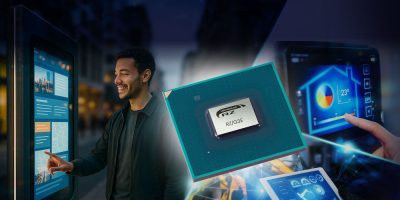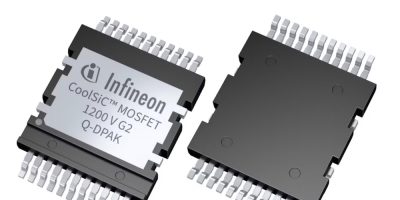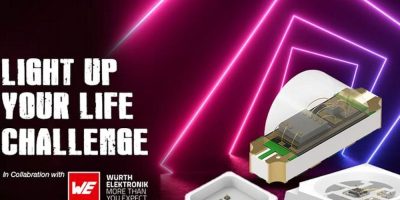Texas Instruments has introduced new single-chip battery fuel gauges with first-of-its-kind adaptive Dynamic Z-Track technology for more efficient, reliable operation in battery-powered devices. Compared to traditional gauging methods, the predictive modelling algorithm in TI’s BQ41Z90 and BQ41Z50 gauges achieve industry-leading state-of-charge and state-of-health accuracy within 1% error, helping extend battery run time by up to 30%.
As users demand more power from electronics, such as laptops, e-bikes and portable medical devices, battery management systems (BMSs) must provide precise, accurate, real-time monitoring. The BQ41Z90 and BQ41Z50 fuel gauges with Dynamic Z-Track technology help engineers design electronic devices with accurate battery capacity readings, even under unpredictable loads. With this increased accuracy, engineers can select a battery size with confidence, eliminating the need for oversized batteries.
Battery-powered electronics are becoming more complex, making it even more important to use board space efficiently. The BQ41Z90 is the industry’s first highly integrated fuel gauge, monitor and protector for 3-to-16 lithium-ion (Li-ion) battery cells in series. This single-chip solution enables engineers to reduce complexity and save as much as 25% of board space compared to traditional discrete solutions. The BQ41Z50 supports 2-to-4 cells in series.







